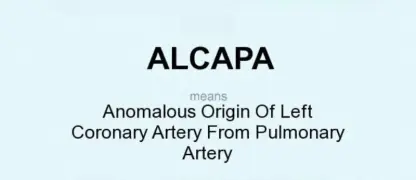Cor Triatriatum is a rare congenital heart defect where the atrium is divided by a membrane, leading to obstructed blood flow and requiring early detection.
What are the main causes of cor triatriatum?
- Cor triatriatum is caused by abnormal development of the atrial septum during fetal growth, leading to a membrane that divides the atrium into two chambers.
- Genetic mutations and chromosomal abnormalities may contribute to the formation of cor triatriatum, though the condition remains extremely rare among congenital heart diseases.
- Environmental factors during pregnancy, such as maternal illness or exposure to toxins, may slightly increase the risk of abnormal atrial development in the fetus.
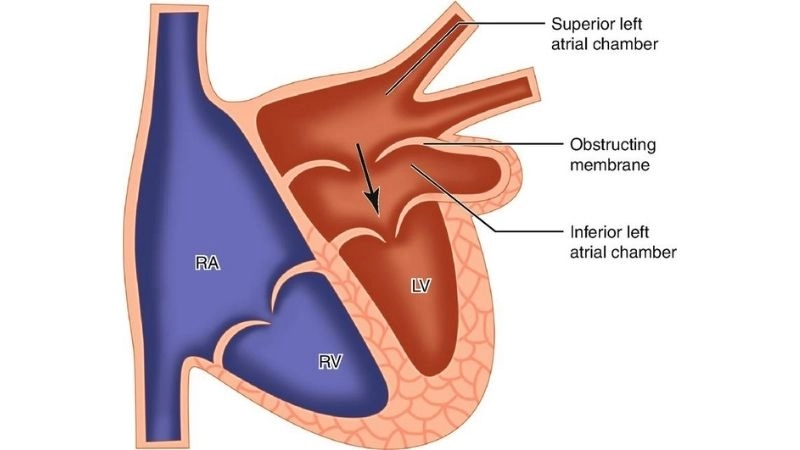
Cor triatriatum sinister rare congenital atrial malformation
>>> Understand more about: How Interrupted Aortic Arch Affects Heart Function Daily
Key symptoms of cor triatriatum to watch for
- Shortness of breath and difficulty exercising are common symptoms, as restricted blood flow through the atrium affects overall oxygen circulation in the body.
- Fatigue and poor growth in children may signal cor triatriatum, as the heart struggles to pump blood efficiently due to the divided atrium structure.
- Cyanosis, chest pain, or recurrent respiratory infections can develop, particularly in severe cases where blood flow obstruction becomes significant and untreated.
How can you prevent cor triatriatum effectively?
- While cor triatriatum cannot be completely prevented, prenatal care and regular ultrasound screenings may help detect heart defects early in pregnancy.
- Maintaining a healthy pregnancy by avoiding smoking, alcohol, and harmful toxins can lower the risk of congenital heart abnormalities including cor triatriatum.
- Genetic counseling before conception may help families with a history of congenital heart disease understand their risks and explore preventive options.
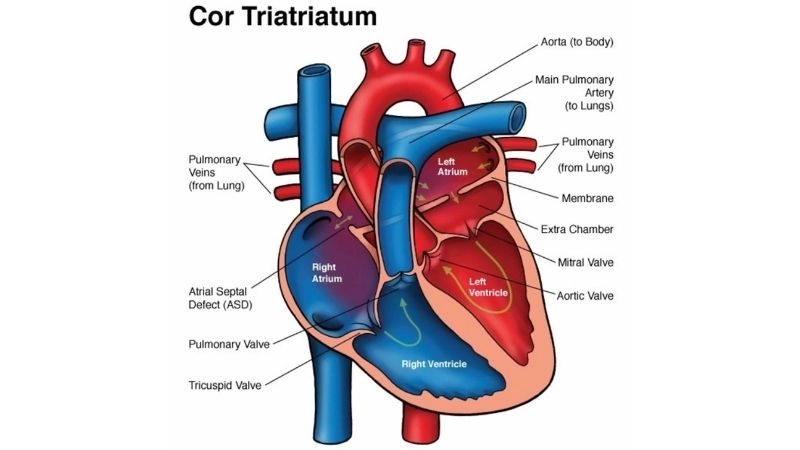
Cor triatriatum dextrum uncommon right atrial heart defect
>>> Understand more about: Understanding Double Outlet Right Ventricle (DORV) Symptoms
Images visual examples of cor triatriatum
Visual examples of Cor Triatriatum often show the atrium divided by a thin membrane, creating two chambers that disrupt normal blood flow within the heart.
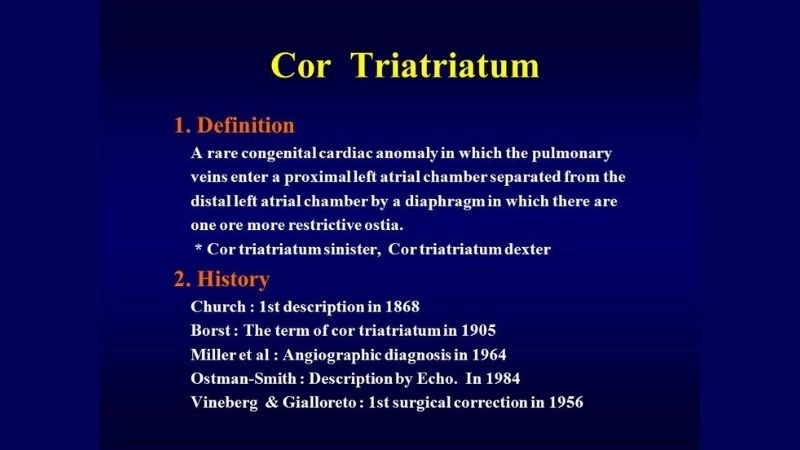
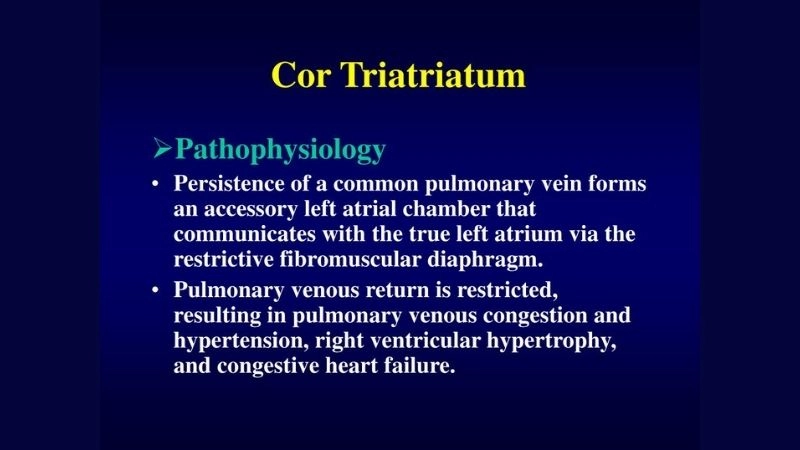
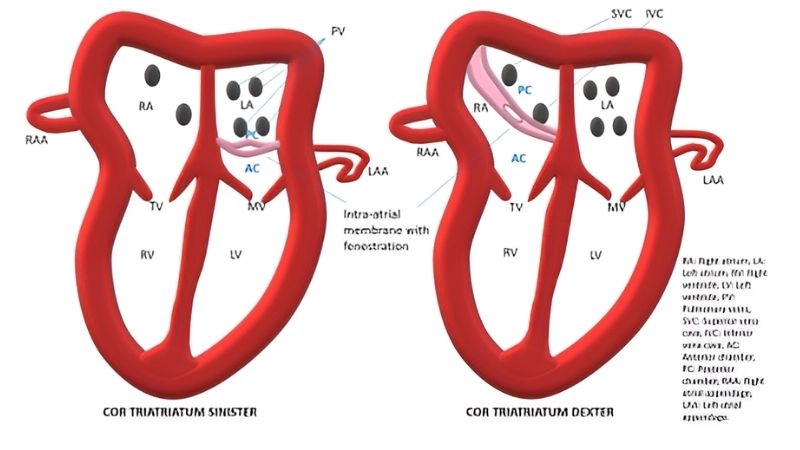
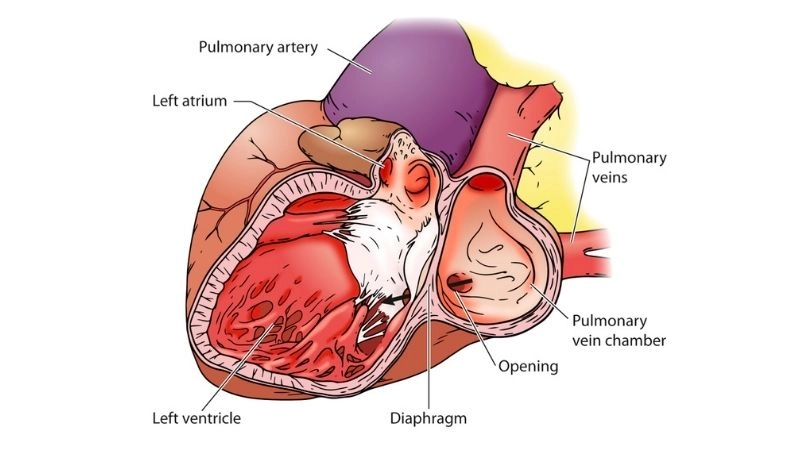


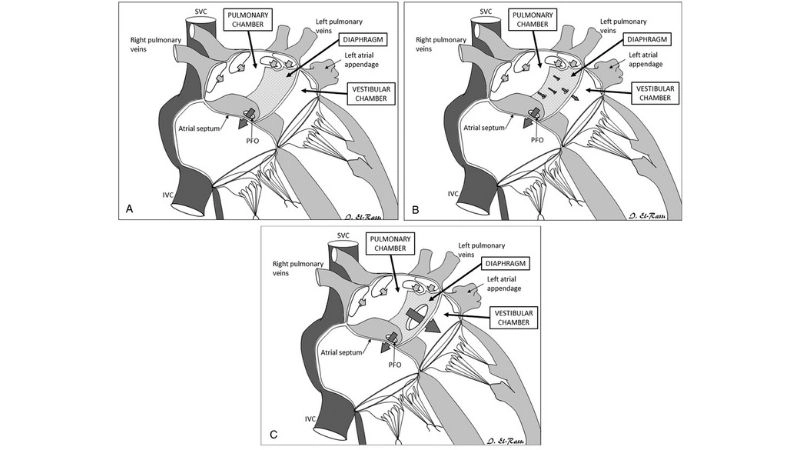
>>> Understand more about: Exploring Shone's Complex causes risks and outcomes
Cor Triatriatum, though rare, poses serious heart risks. Timely diagnosis and treatment improve life expectancy and long-term health outcomes significantly.


